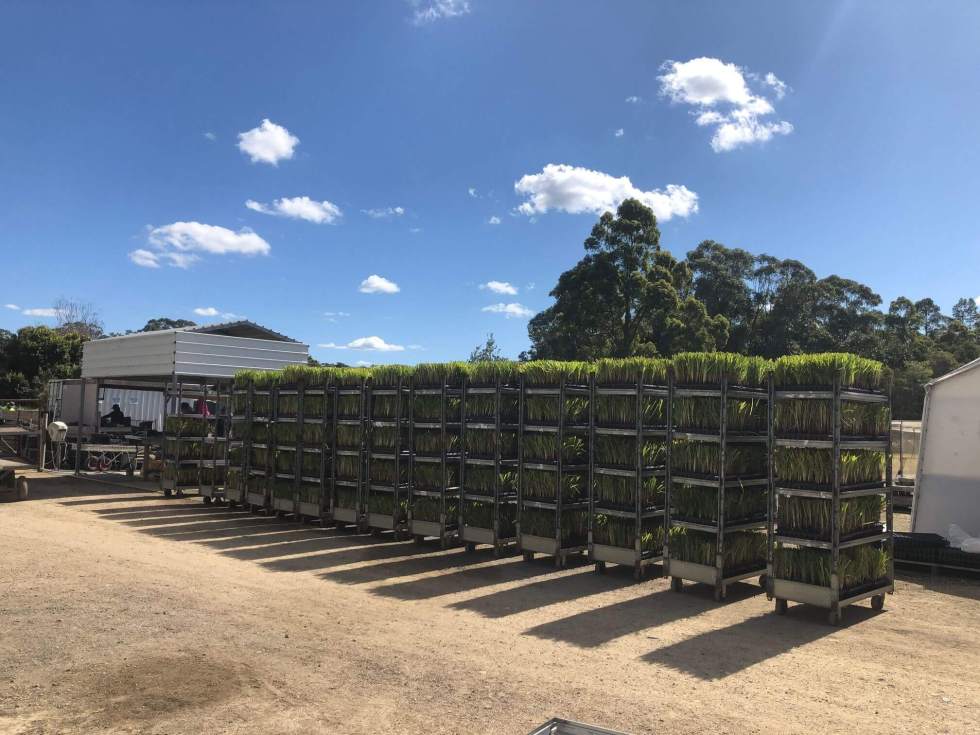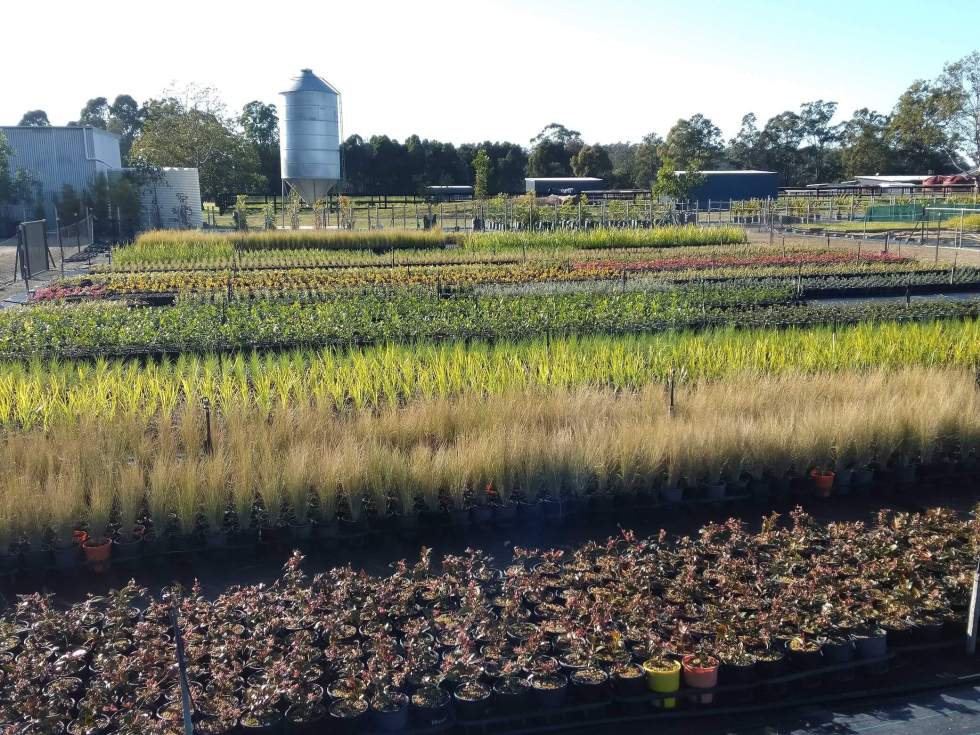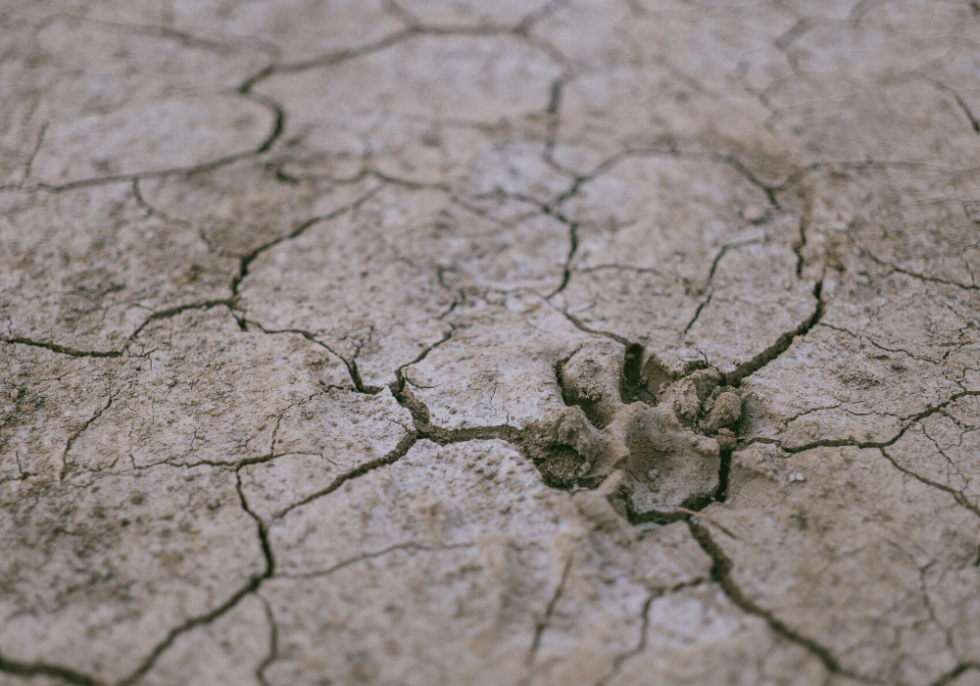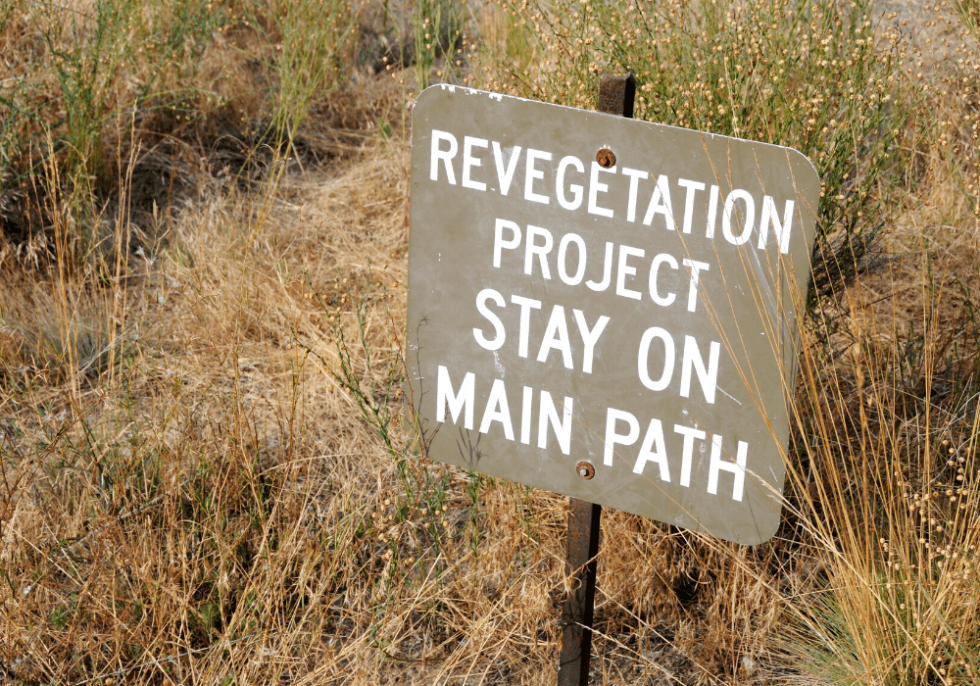Bark Blowing is a fast, easy way to spread material in a small area. Ecoplant have the skills and equipment to use this technique to get your project done
Bark Blowing is ideal for commercial, residential, sporting grounds, and a variety of other landscaping and garden applications. This cost-effective solution allows you to skip the hassle of time-consuming cleanup and mess.
The machines we use for this technique of bark blowing are the Finn BB302 Bark blower CAN
This technology is capable of pumping both large and small volumes of material
up to 150 metres away from the truck. Our trained operators regularly achieve installation rates of 100 cubic metres per day and in some cases, have installed over 200 cubic metres over short distances in a single day. The distribution hose is small and flexible enough to fit just about anywhere, and has been known to run over fences and walls, through buildings and doorways, down stairs and up embankments. Delivering as much, as consistently, as accurately as truck driven machines that’s what we call efficiency!
If you have any questions or want to know more about this or any of our other services. Contact us today!

In Port Maquarie recently, our Ecoplant planters worked alongside the team at Bluedale Wholesale Nursery to kickstart Spring production.
Team work makes the dream work!
In Port Maquarie recently, our Ecoplant planters worked alongside Dion and the team at our sister company Bluedale Wholesale Nursery, to kickstart Spring production.
We are very lucky to have such great teams, to be able to continue to work safely through COVID, and get production started off on the right foot.
We had 4 propagators and 2 runners – completing approx 10,000 plants in 5 days.
The final planting took 5 days to complete with 6-7 team members from Ecoplant Australia.





Appropriate, well planned and properly executed re-vegetation will ensure a number of benefits for the future sustainability of the habitat and aligning environments and ecosystems.

Native habitats have degraded to varying degrees in Australia, and indeed worldwide. This makes natural re-vegetation extremely unlikely, leaving damaged habitats without resources to overcome soil erosion, invasion of weeds and feral animals and poor water quality. Re vegetation is necessary to reinstate native vegetation and habitat.
Appropriate, well planned and properly executed re-vegetation will ensure a number of benefits for the future sustainability of the habitat and aligning environments and ecosystems. Such as:


Re-vegetation projects may not deliver the required or desired benefits if it is not executed with all relevant considerations and without careful planning and implementation it can also be costly in both time and money.
Ecoplant Australia has experience to provide advice, products and installation to make sure your re-vegetation project achieves desired outcomes.
For more info or to speak to one of our team – Contact
If you want to volunteer to help regenerate Australia – aabr.org.au
Product of the Month: ECOJUTE – 100% Biodegradable Jute Mat 750gsm with 4 slits per m2 $78 excl per roll – Bulk Discounts Apply
Breathable and water saving, Jute Matting is the simplest, safest and most cost effective form of erosion control – and better yet, it even promotes new growth on even high inclines.
Jute Mat is needle-punched jute matting with hessian scrim in the centre designed to prevent soil erosion and retain moisture whilst promoting selective plant growth and stability. It is made of natural jute fibres that are extracted from the stem of jute plant. It adds to the mineral content of the soil and is free of synthetic fibres. It is flexible and strong when being laid which allows for foot traffic.
ECOJUTE 750gsm is 1.83m wide x 25m in length and 6mm thickness with 4 slits per m2 for easy plant install.
There are a number of differences between “water crystals” and “silicate”. The main purpose of these soil amendments is water retention.
“Water crystals” are essentially cross linked polymers or polyacrylamides. They have the capacity to absorb a large volume of water (some claim up to 300 times the volume of the crystal), but it is generally not known how much of this absorbed water is plant available, due to the tension the water is held at. The swollen crystal consumes much of the air-pore space which plants require in the root zone, thereby restricting drainage though the soil profile. Moreover, the performance of some crystals can be affected by the salinity in the soil.
Silicate, and in this case “Sanoplant”, only holds about 15 times its volume of water, whereafter the excess becomes free draining, so there is no danger of waterlogging or anaerobic conditions in the root zone. Silicate does not absorb or swell up!
“The tiny silicate particles in fact adsorb water – water is attracted to and held on the surface area of the particles.”
Although Sanoplant only holds this relatively small volume, most of it is proven to be plant available, and the air water ratio in the sand remains largely unaffected. Sanoplant is not affected by salinity or other chemicals in the soil, and will store nutrients in the held water which would otherwise be lost to drainage.
Sanoplant is essentially used for improving moisture retention in sandy soils and sand based substrates. It does not contain any nutrient. For a product that performs like Sanoplant and has nutrient, you can turn to SANOVIT. It contains Sanoplant , a biologic slow release fertiliser (for nutrient), and lava granules to ensure aeration in heavier soils. A one stop product ideal for plant establishment! With low phosphorus it suits natives too.
SANOVIT is available in 20 KG Bags $295/excl per bag. Bulk discounts apply